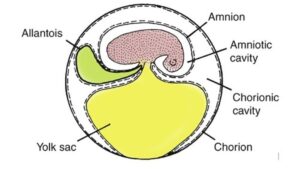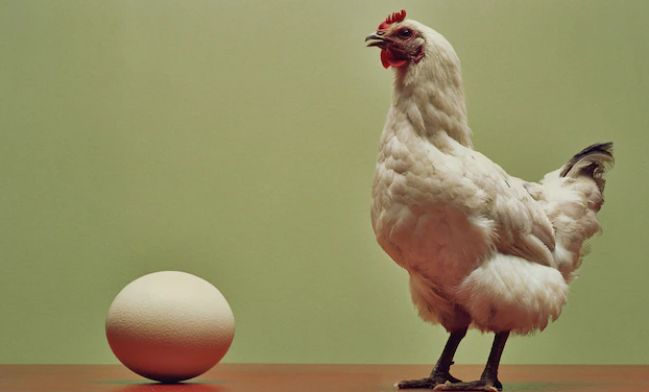- What came first – chicken or egg? The age-old puzzle is solved
A new study is on the verge of answering this question, which has puzzled not just young minds but seasoned scholars across the worldthroughout the ages..
In Short
The conclusion is based on the analysis of 51 fossil species
The study looked at early lizards and bird species
The study is published in Nature Ecology & Evolution
Finally, scientists are becoming more confident in revealing the answer based on a study around amphibians and lizards.
A new study, on the verge of answering this question, suggests that the earliest ancestors of modern-day reptiles, birds, and mammals may have given birth to live young instead of laying eggs.
This conclusion is based on the analysis of 51 fossil species and 29 living species, which can be categorized as oviparous (laying eggs) or viviparous (giving birth to live young). While oviparous species are known for laying hard or soft-shelled eggs, viviparous species give birth to live young. These new findings have been published in the journal Nature Ecology & Evolution.
 The amniotic egg, showing the semipermeable shell and the extraembryonic membranes. (Photo: Michael Benton)
The amniotic egg, showing the semipermeable shell and the extraembryonic membranes. (Photo: Michael Benton)
“The discovery of oviparity in this assumed viviparous extinct clade, together with existing evidence, suggests that EER (Extended Embryo Retention) was the primitive reproductive mode,” the researchers stated in the paper.
EER refers to the extended retention of embryos by the mother for a varying amount of time, likely depending on when conditions are most favorable for survival.
The researchers explained that before the emergence of amniotes, a group of vertebrates that undergo embryonic or fetal development, the first tetrapods to develop limbs from fish-like fins were predominantly amphibious in their habits. They had to live in or near water for feeding and breeding, similar to modern amphibians like frogs and salamanders.
“When amniotes appeared on the scene 320 million years ago, they were able to break away from water by evolving waterproof skin and other mechanisms to control water loss. However, the amniotic egg was the key. It acted as a private pond, protecting the developing reptile from drying out in warm climates and enabling the Amniota to move away from the water and dominate terrestrial ecosystems,” Professor Michael Benton from the Bristol School of Earth Sciences explained.
 Lizard
Lizard
The earliest reptiles, birds and mammals may have borne live young. (Photo: Getty)
This view was challenged by researchers as several lizards and snakes display flexible reproductive strategies, exhibiting both oviparity and viviparity. Fossils revealed that many of these species were live-bearers, indicating a transition between giving birth to young and laying eggs.
“EER is common and variable in lizards and snakes today. Their young can be released, either inside an egg or as little wrigglers, at different developmental stages, and there appear to be ecological advantages of EER, perhaps allowing mothers to release their young when temperatures are warm enough and food supplies are abundant,” explained Dr. Joseph Keating.
While the conclusion has yet to be fully established, the research team suggests that adaptive parental protection provided early animals with an advantage.
Source: India Today



